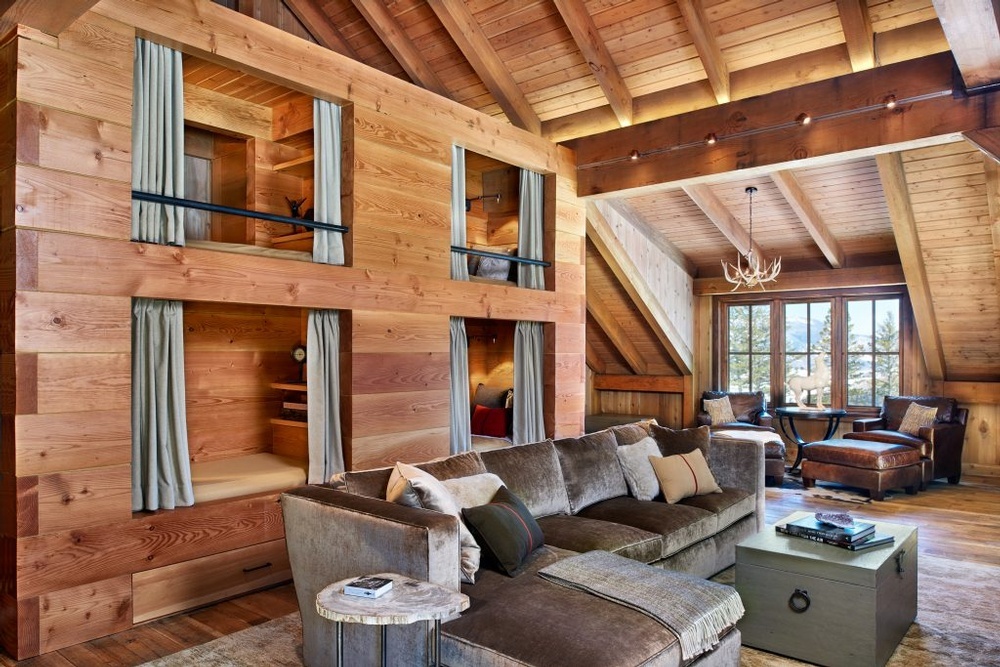Two Sets of Problem Solving Skills: How to Overcome Design and Building Challenges

Any designer – whether that’s on paper, in digital space or in physical space – knows that the main function of design is to overcome a problem. Almost every client I work with has a challenge to figure out. What will make the living room seem warm and inviting when you have friends over? How will your office be set up so you can get the most work done, most efficiently? How can you get the most enjoyment out of your outdoor living area?
In fact, I often consider my job to be that of “problem solver.” While almost every interior design or decoration problem has unique elements, there are a few main issues that I run into regularly. Some or all of these may be present in a design project:
- Space. The physical area of the room needs to be organized so it maintains a flow for who will be using it.
- Functionality. Your room must work for its intended purpose, whether that’s sleeping, relaxing, cooking, eating or working.
- Cost. Rarely do I have a client with an unlimited budget; the design project must fit into certain financial constraints.
- Beauty. No design project is complete without making it elegant and beautiful for its users. Interior design has an element of art to it.
- Timeliness. Ideally, you don’t want your room to be “in progress” for months. We need to complete the project in a specified timeframe, even if materials will arrive late or contractors are booked weeks out.
- Durability. From flooring to walls, from furnishings to artwork, the materials in your room should stand up to normal use.
Balancing all these “problems” and coming up with the right solution for you is my job, and I apply my knowledge and expertise to finding just the right answer to your specific puzzle.
But there’s another kind of problem, too – one that’s more sudden and even more challenging. That’s when something goes wrong.
In the building process – with either new construction or remodeling – it’s inevitable that some type of issue will come up. It could be a delay with a contractor’s schedule. Maybe the floor covering that is absolutely perfect for your room is back ordered for a month. Whatever that roadblock is, it can dictate the project’s success or failure.
In my experience working on hundreds of projects, I’ve evolved a process for dealing with these issues. Running through this process helps everyone keep a level head and explore workable solutions for moving forward. Here’s what I do:
- Identify the problem. We need to spell out exactly what’s happened so we can thoroughly address it.
- Get as much information as possible. Gathering info on the problem gives us more ammunition for creatively battling it.
- Come up with multiple solutions. Sometimes, after your Plan A doesn’t work out, you find that your Plan B can’t make the cut either. That’s when having several ideas or back-up plans is key, so you don’t get discouraged.
- Communicate clearly what is happening. You need to understand what the issues are so you can help me address them. The involved vendors and contractors will also know what’s going on. We’re all partners in this, and working together can bring the best solution to light.
- Present solutions, with pros and cons of each. Drawing on my background with similar projects and my resources in the industry, I can explain our options for the project clearly and concisely. You’ll know the good — and less-good — parts of each plan so we can reach a decision for moving forward.
- Clients who have experienced building-related issues during their projects appreciate this order of steps, as it balances keeping everyone calm with full disclosure on what is happening.
The best interior designers have a process for tackling both the project planning problems and the project execution problems. My ability to help you overcome these problems, especially during the building process, is a big reason why I’m a valuable partner in your design project. After all, you can have the most beautiful room in the world planned out, but if you can’t get it done, the time and money you’ve put into it is wasted.